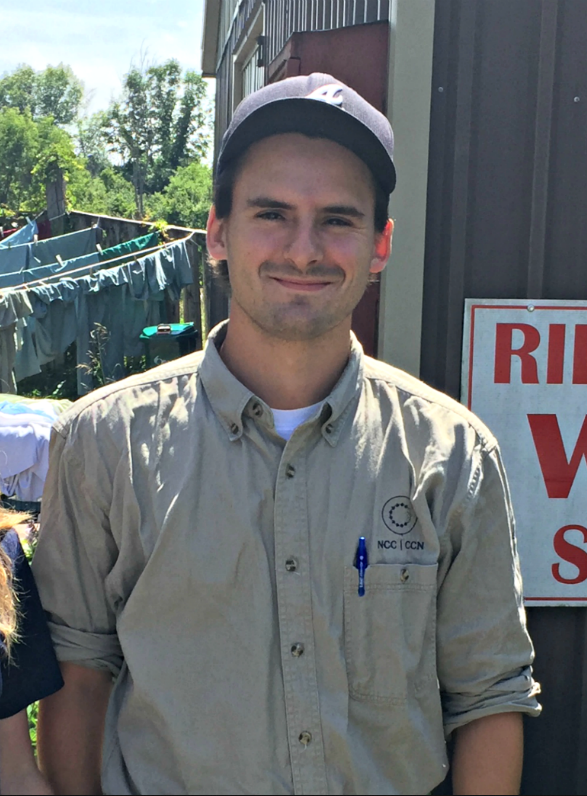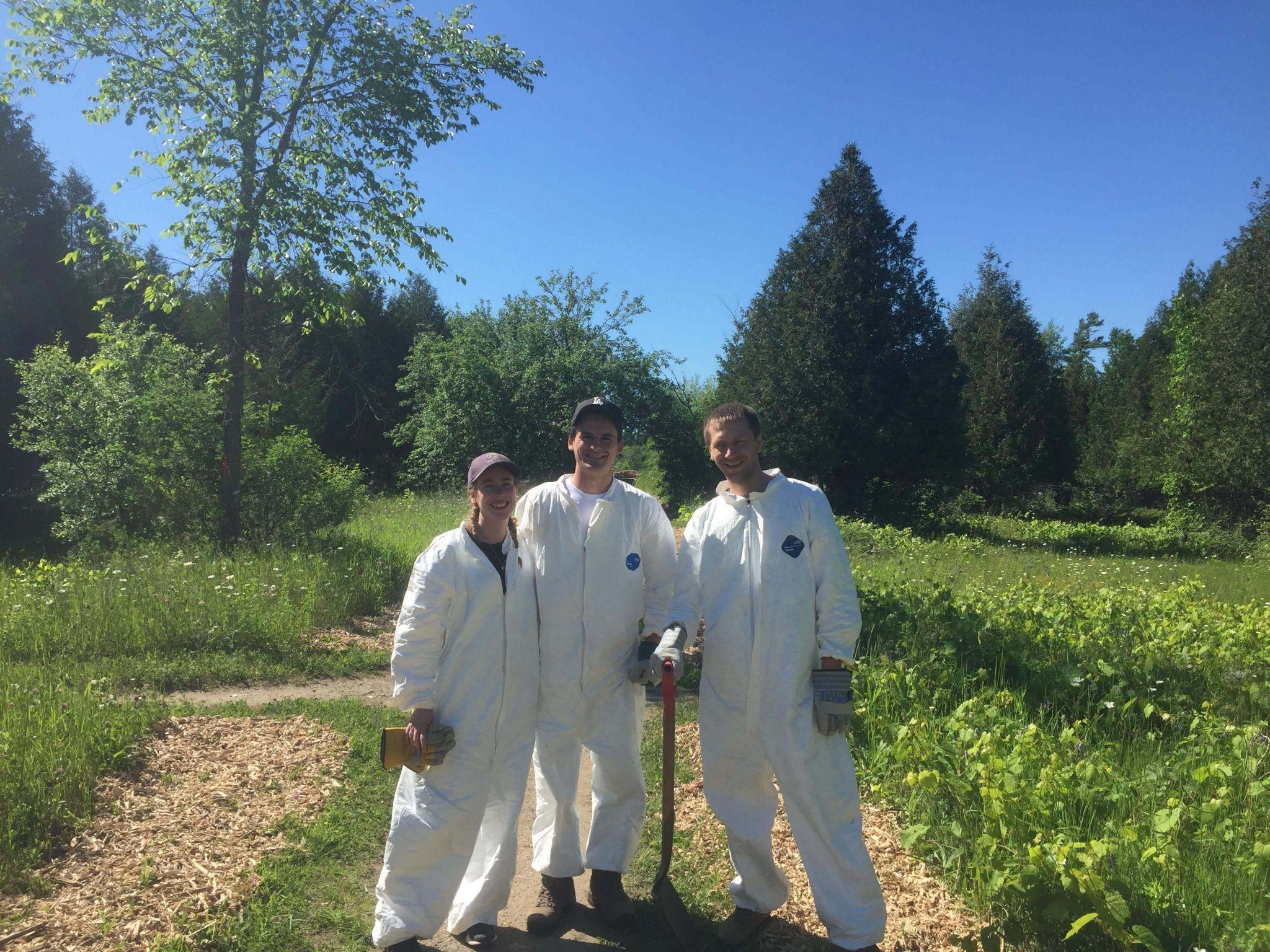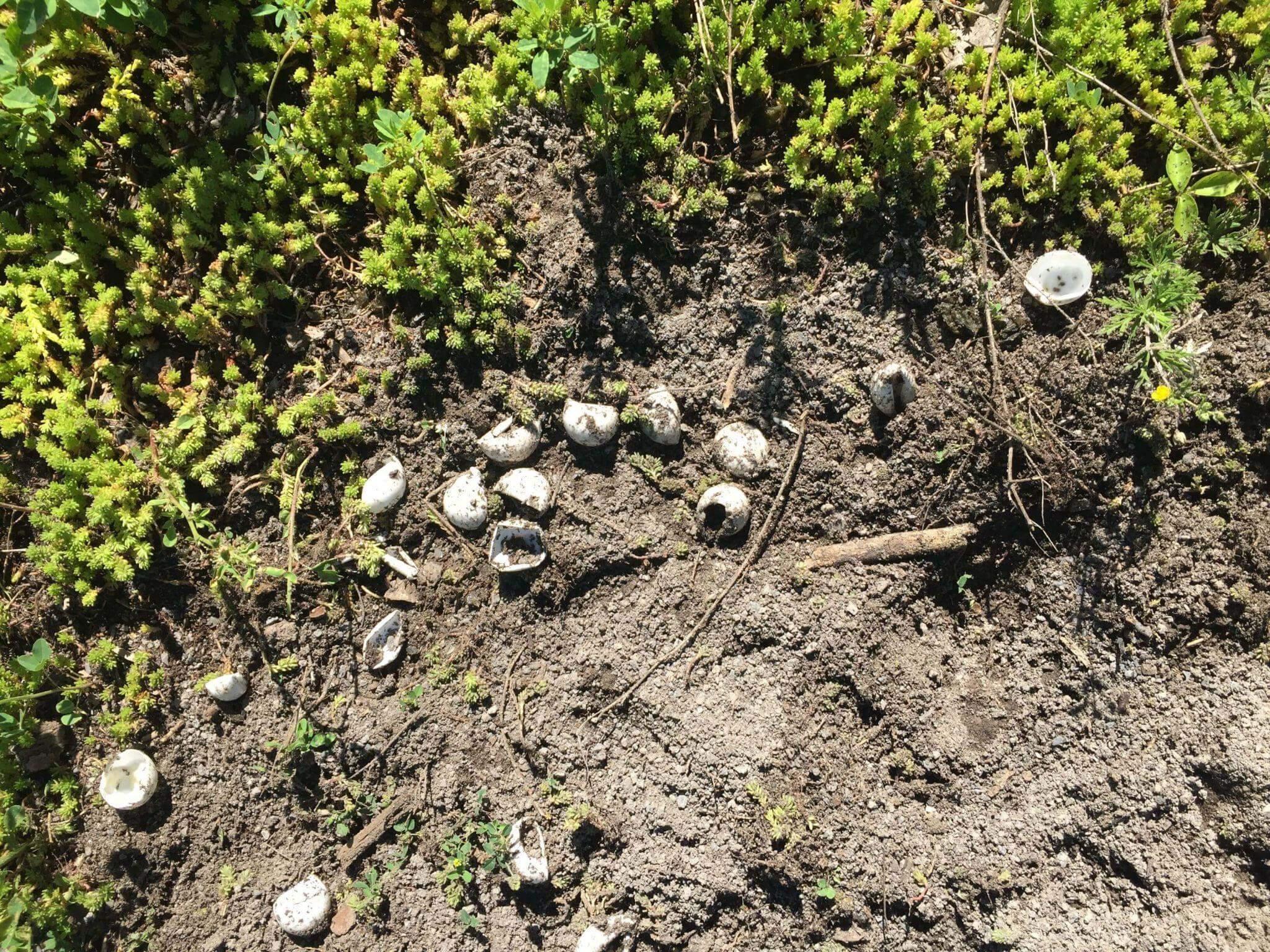
Patrick LeBrun
Student Biologist in the Greenbelt
Every time I mention my work conducting road mortality surveys to family or friends, they always ask me, “So, what do you do, walk around and look for dead stuff?” This, in reality, isn’t far off. But the job comes with the rewards of a bright moment.
Life at the NCC
As a student biologist at the NCC, I have the opportunity to gain valuable fieldwork experience and apply my knowledge in biology. And, all the while, I’ve been enjoying the beauty that the Greenbelt has to offer. Over the course of the summer, I was tasked with several projects, such as monitoring for species at risk, assisting in scientific research and conducting road mortality surveys.

So, “dead stuff?” Yes. We keep track of the location and number of animals being struck by vehicles on roadways throughout the Greenbelt. The purpose of our study is to identify hot spots, or areas where the most animals are being hit. This work can sometimes be difficult, but I remind myself that this data will allow us to prioritize areas for road modification that will enhance the ability for animals to safely cross roads. This not only reduces the number of injured animals, but it also makes roads safer for drivers. Painted turtles make their way across hazardous terrain to deposit eggs. When hatched, the juveniles will stay in the nest and freeze solid in the winter, surviving temperatures up to -10 degrees Celsius.
A tough painted turtle

Although the majority of animals we came across this summer had been injured beyond our help, this was not the case for all of them. During an evening survey near the internationally significant Mer Bleue wetland, I stumbled upon an adult midland painted turtle that had recently been hit by a motorist. Painted turtles are still fairly common but, due to an increase in wetland habitat loss and road mortality, the species has declined significantly over the past 30 years. The turtle had a fairly large crack along its carapace near its hind legs and was immobile, but it was still alive. I contacted a local conservation authority, who advised me to bring the turtle to the Ottawa Humane Society to be assessed. When I left the Humane Society, I hoped for the best, but had no expectation to ever cross paths with that turtle again.
To my surprise, I received a phone call a little over month later from the Rideau Valley Wildlife Sanctuary. The turtle had undergone a successful recovery in the facility and was ready to be released. Kindly, they asked if I’d like to release the turtle myself.
The happy ending
We returned the turtle close to where we had found it, except far from the road and out of danger. When I saw the turtle swim away into the wetland, I was reminded that the work we conducted over the summer, although sometimes difficult, truly does effect positive change.
Through this rewarding experience, I am happy to know that my work has established where wildlife passages will be constructed — further protecting dozens of painted turtles every year.
I truly thank the Rideau Valley Wildlife Sanctuary and the Ottawa Humane Society for their fantastic work and for making all of this possible. To help this success story become but one of many, visit the following websites for details about how you can help.
